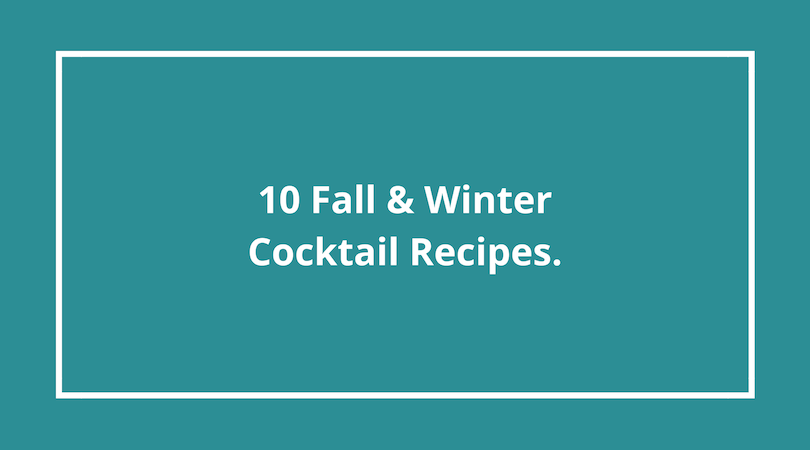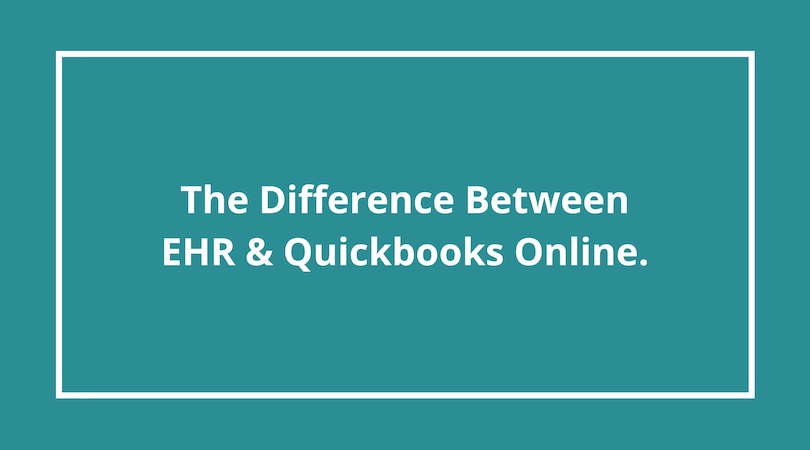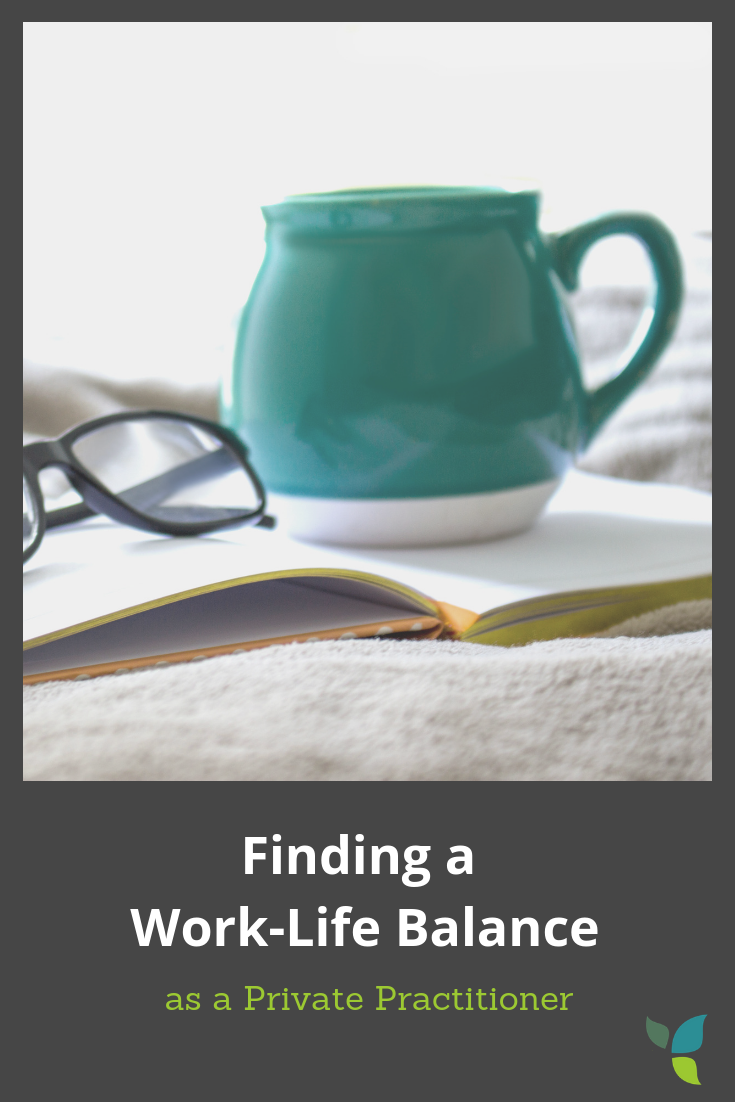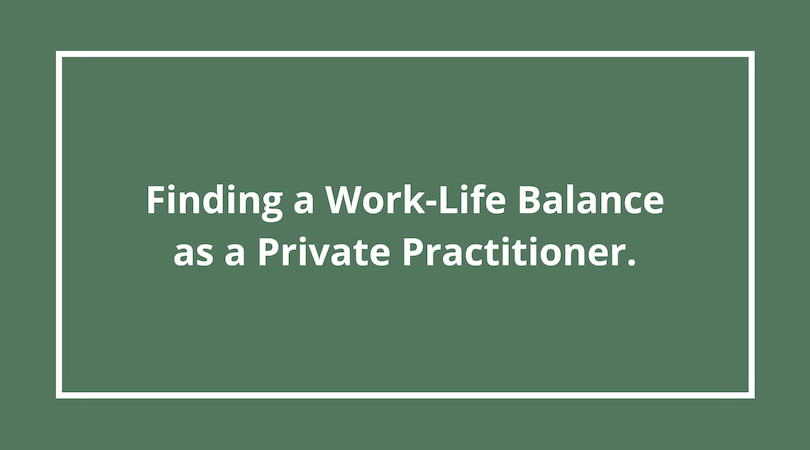With the cold nights drawing in and the holiday season just around the corner, there’s no better time to get creative with festive cocktails! Here are 10 of my favourite cocktail recipes for this magical time of year!

1. The Classic Eggnog
The ultimate festive treat, and you can’t fault a classic!
You will need:
*Serves 12*
- 4 cups full-fat milk
- 4 cups light cream
- 12 egg yolks
- 2½ cups light rum
- 1½ cups caster sugar
- 3 Tsp high-quality vanilla extract
- 1 Tsp ground cinnamon
- ½ Tsp ground nutmeg
- 5 cloves
Step one: In a saucepan, combine the milk, half a teaspoon of vanilla extract, cinnamon, and cloves; heat for five minutes then bring to a rolling boil.
Step two: In a bowl, combine the egg yolks and sugar, then whisk until the mix has a ribbon consistency. Slowly add the hot mixture and gently whisk, then add this mix back into the saucepan.
Step three: Over a medium heat, warm the mixture through for 3 minutes, stirring continuously. Strain out the cloves and allow to cool for one hour.
Step four: Once the mixture is cool, add the rum, cream, nutmeg, and the remainder of the vanilla. Cool overnight in the refrigerator before serving.
2. Spiced Old Fashioned
A classic favorite with a festive twist! You can use a store-bought winter-spiced syrup or create your own using equal parts sugar and water (a 1:1 simple syrup) clove, cardamom, cinnamon, and nutmeg.
You will need:
*Serves 1*
- 2 oz bourbon
- ½ oz winter-spiced syrup
- 2 dashes each of aromatic and orange bitters
- Cinnamon stick
- Ice
Simply combine the liquid ingredients and serve over ice in a rocks glass. Garnish with the cinnamon stick.
3. Cranberry Mimosa
A pop of colour with a sharp cranberry flavour; it’s one of the perfect cocktail recipes for festive events!
You will need:
*Serves 4*
- 1 bottle of champagne or prosecco
- 1 cup of cranberry juice
- 2 tablespoons sugar
- 1 lime, cut in half
- 8 cranberries
- 4 toothpicks
Step one: Take the lime and rub the rim of each champagne flute, then dip in the sugar. If you have any confectioner’s glitter, you can add a sprinkle to the sugar for extra sparkle!
Step two: Next, pour in ¼ cup of cranberry juice into each glass, then top with fizz. Take each toothpick and poke through two cranberries. Garnish each glass with cranberries and serve.
4. Gingerbread Eggnog
A tasty remix of a cherished classic for those who want something a little more special! To create it, use the classic recipe in number one, and add the following ingredients during step 1:
*Serves 12 – When added to the original recipe*
- ¼ Tsp allspice
- ½ Tsp ground ginger
- 1 tablespoon of dark molasses
You can even garnish with a miniature gingerbread man for extra festive fun!
5. Classic Mulled Wine
There’s no better antidote to a cold day than curling up with this iconic warming drink.
To create it, you will need:
*Serves 4*
- 1 bottle of red wine
- 1 large cinnamon stick
- 4 cloves
- 2 star anise
- The zest of ¼ lemon
- 4 tablespoons of caster sugar
Step one: Combine all of the ingredients in a large saucepan, then place on a low heat for 10 minutes.
Stir continuously.
Step two: Remove from the heat then allow the flavours to infuse for half an hour.
Step three: Gently reheat on a low setting, then serve in mugs or heat-safe wine glasses.
6. Spiced Hot Toddy
A soothing cocktail with a holiday twist!
You will need:
*Serves 1*
- 2 oz of whiskey or brandy – whichever you prefer!
- 1 tablespoon of the spiced simple syrup from our second recipe above
- 1 tablespoon of honey
- 1 tablespoon of fresh lemon juice
- 5 oz hot water
Step one: Combine all of the ingredients – aside from the water – in a mug or heat proof glass.
Step two: Slowly add the hot water and stir, ensuring that the honey has completely dissolved.
Optional: Grab a blanket, snuggle up, and enjoy!
7. Snowy Martini
A delicious winter treat that’s perfect when you’re snowed in – or wish that you were!
You will need:
*serves 2*
- 3 oz of white chocolate liqueur
- 2 oz of vanilla vodka
- 2 tablespoons of heavy cream
- Half a cup of ice
Grab your cocktail shaker and add all of your ingredients. Give it a good shake and serve in a sugar-rimmed cocktail glass.
8. Classic Irish Coffee
Quick and simple cocktail recipes will warm you up on cold days, and here’s one of them.
You will need:
*Serves 1*
- 1 cup of hot coffee
- 2 teaspoons of brown sugar
- 1 shot of Irish whiskey
- ¼ cup heavy cream, lightly whipped
Step one: In a heatproof handled glass, add the coffee, whiskey, and sugar, then stir until the sugar has dissolved.
Step two: Next, take the cream and slowly pour it – over the back of a teaspoon – into the coffee.
Serve immediately.
9. Pumpkin-Spiced Martini
The perfect treat for your Thanksgiving party!
You will need:
*Serves 1*
- 1½ oz vanilla-flavoured vodka
- 1½ oz pumpkin-spiced liqueur
- 1½ oz light cream
- A pinch each of cinnamon and nutmeg
- 1 cup of ice cubes
Step one: In a cocktail shaker, combine all of the liquid ingredients and the ice.
Step two: Serve in a cocktail glass and garnish with the cinnamon and nutmeg. Simple and tasty!
10. Christmas Magic Bellini
We all need a bit of sparkle, especially on Christmas Day! Enjoy this festive fizz as a pre-dinner aperitif.
You will need:
*Serves 4*
- 1 bottle of champagne or prosecco
- 1 teaspoon cranberry puree per glass
- A splash of grenadine per glass
- Edible glitter
Step one: In a champagne flute, combine the cranberry puree and a splash of grenadine.
Step two: Top with champagne, then dust a sprinkle of edible glitter on top. The glitter will move through the bubbles, creating a gorgeous sparkle.
There you have it! Ten fabulous cocktail recipes to enjoy throughout the fall and winter. Enjoy!








